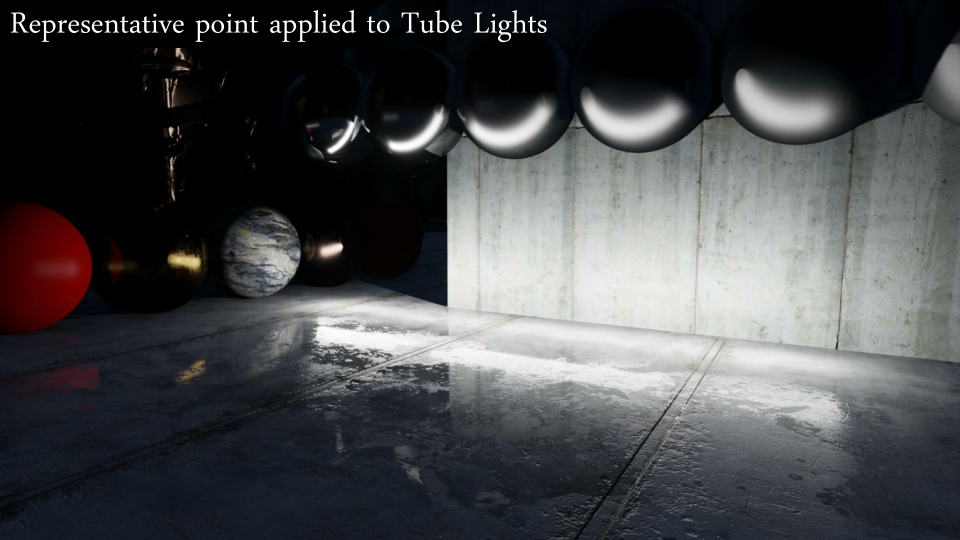http://timothylottes.blogspot.com/2013/04/joined-epic_15.html
Hopefully he gets to realize the low level ideas he mentioned in his PS4 blog post.
They should be running the fluid sim stuff on the GPU. It would be a natural fit. Use another library if PhysX only run on the CPU on non-nVidia platform.
Impossible to run PhysX on non-nvidia GPUs, that's unless Nvidia port it to DirectCompute or OpenCL.
I'm just going to presume that it's their own fluid solution and they will reveal it sometime later.



